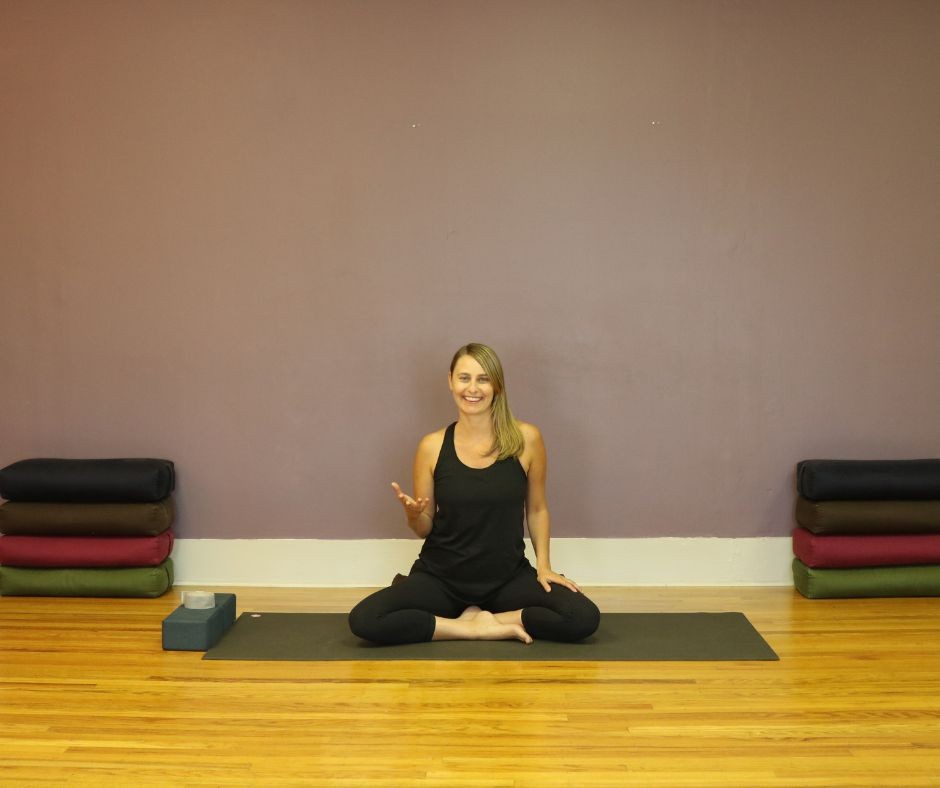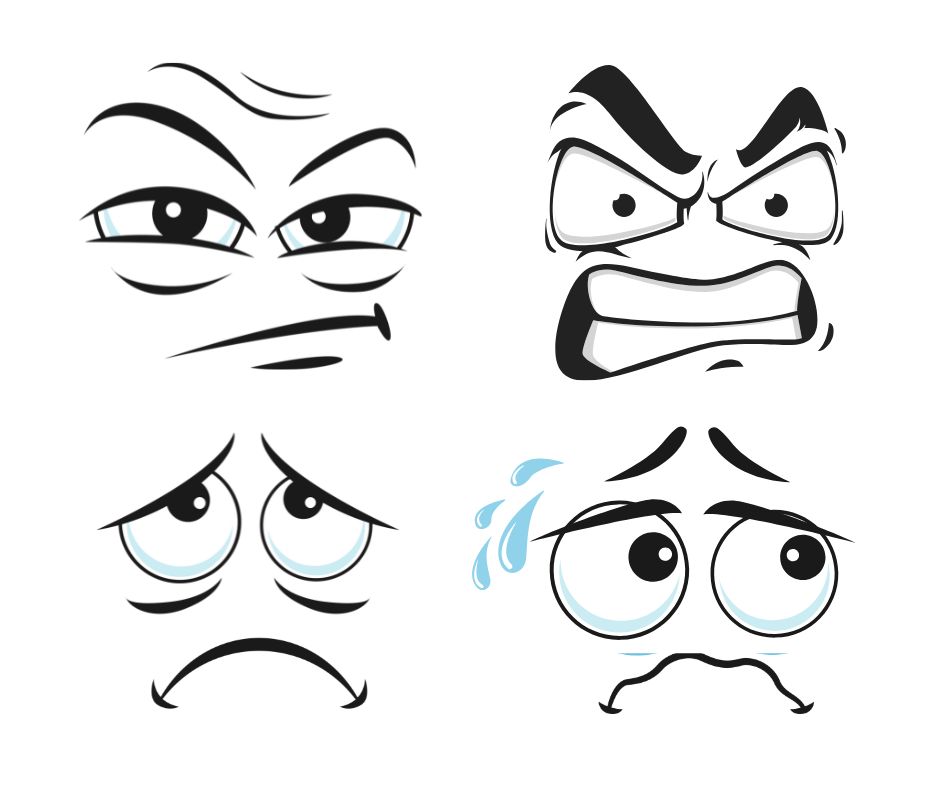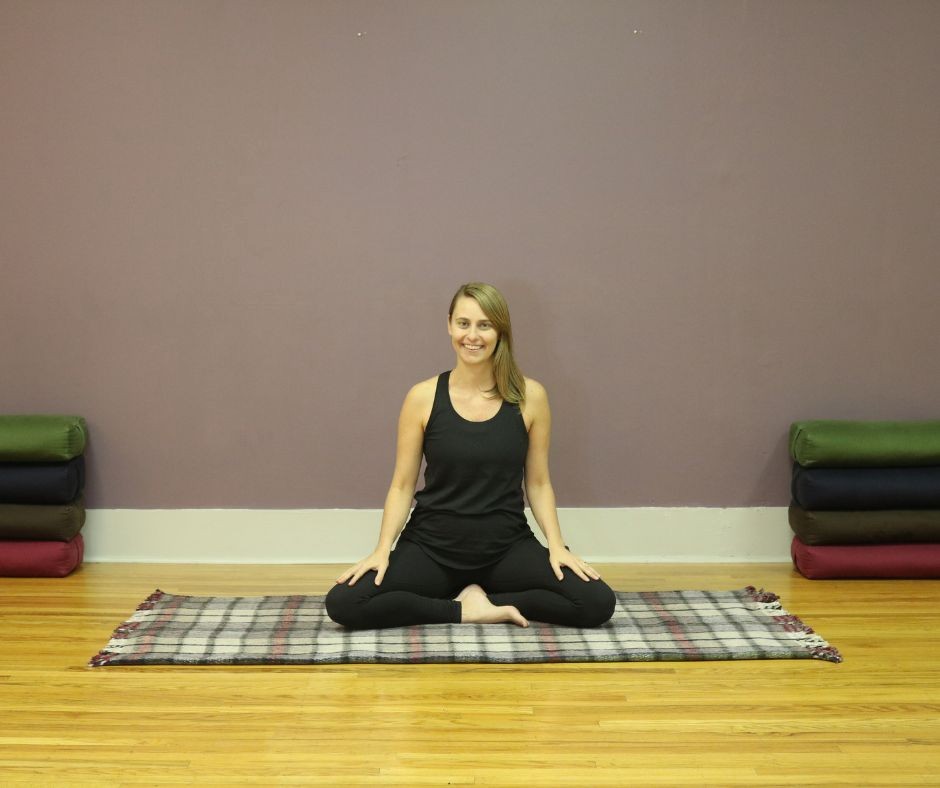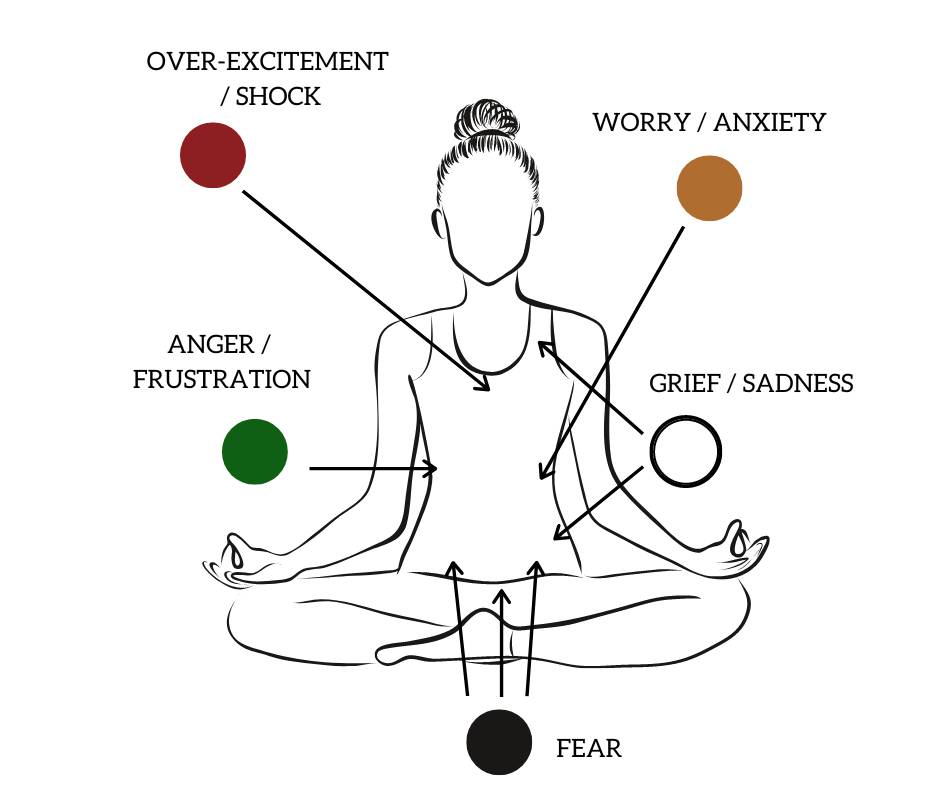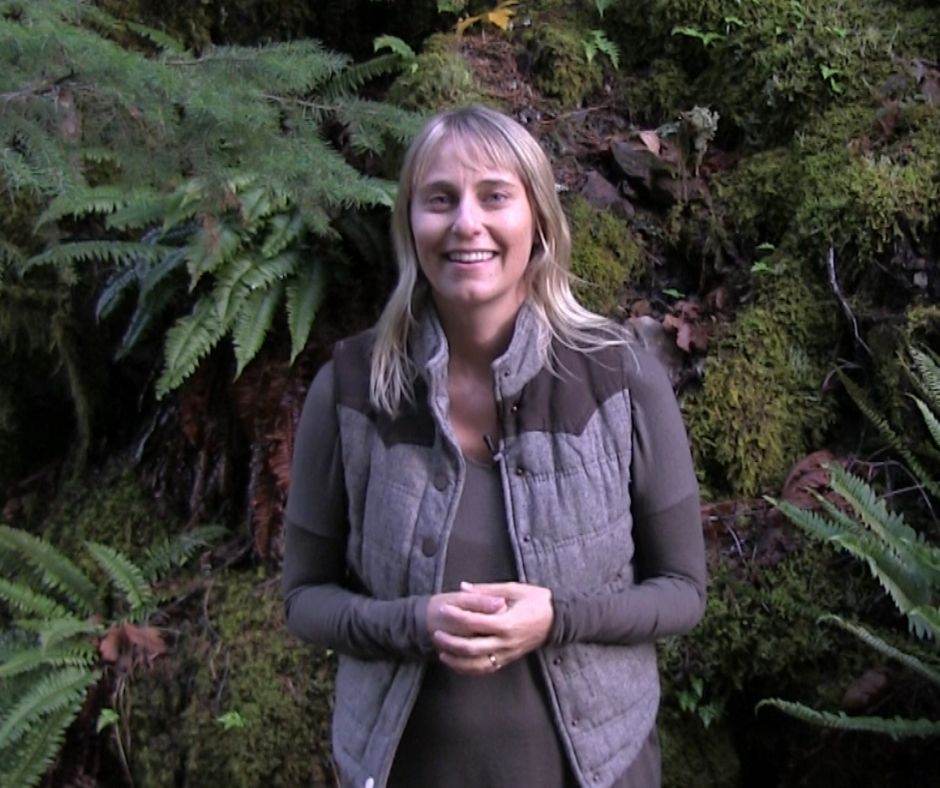The theory of the 5 elements is a foundational concept in Traditional Chinese Medicine. The five elements are used to describe cycles, dynamic qualities, or patterns, and this translates into an understanding of health and disease. The Chinese yogis and physicians observed the natural world to find patterns and by identifying these patterns they could explain the body and states of disease.
Read below and watch the video to learn more about the system of five elements and their corresponding energies and seasons.
How do the five elements in Chinese Medicine work?
Through observing the natural world the theory of the five elements was created. The five elements are five phases of a cycle, and each element describes a point where energy changes.
All elements are connected. There are many relationships between the elements. Some elements nourish each other and some elements control each other. Water is the most yin for example. It’s slow, dark, and cold. Fire is the most yang. It’s fast, fiery, and bright. The elements help to generate one another, they control one another, and they can even attack each other when there’s pathology. Each element also has a related color, sound, smell, emotion, internal organs, and meridians.
How to use the five elements of Chinese Medicine:
You can use knowledge of five element patterns and energies to determine where you’re out of balance. You can also use them to attune to natural cycles happening all the time.
You can see these cycles and start to understand them more clearly when you look at the movement of the seasons. Learn about the seasons and how they relate to the five elements with my videos about winter, spring, summer, and fall.
What are the five elements?
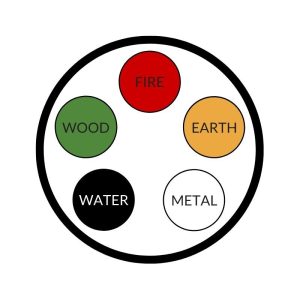
The elements are usually visually represented in a circle with each element proceeding the last.
Let’s start with the water element. The water element is a time of rest before growth. Its movement is downward. It’s when energy is stored just like plants storing energy in their roots during the winter. This element is related to the Kidneys and Bladder in Chinese Medicine and deep potency and stamina.
After the water element, comes the wood element. The wood element is a time for growth and expanding out. It’s related to springtime, birth, and new beginnings. This element is related to the Liver and Gallbladder, direction, creativity, and vision.
Then comes fire and the season of summer. The fire element is a time of upward movement and maximum function. It’s associated with growth and expansion. This element is related to the Heart, Small Intestine, Pericardium, and the San Jiao. The San Jiao is not an organ in western anatomy, but it’s still important in the Chinese Medicine view of the body.
Next comes the earth element and the time of late summer. Earth is neutral and is a time of balance. The earth element is stable and related to nourishment. It’s related to the Spleen and Stomach, digestion of food, thought, and experience.
Next comes fall which is the metal element and a declining state. Metal is a time of harvest and a contraction of energy. Metal is related to the Lungs and Large intestine and is concerned with taking in inspiration and letting go of what no longer serves us.
The theory of the five elements forms a very holistic view of the body and the natural world. There is so much more to this beautiful system so make sure to keep learning! Thank you for watching and reading and I’ll see you again very soon.

